MARKET OVERVIEW
The Global Transparent ABS market is a niche segment of the plastics industry, focusing on the production and application of Acrylonitrile Butadiene Styrene (ABS) with properties that are transparent. Such a market is able to cater to industries requiring the material to be both strong and aesthetically appealing. One of its unique combined properties, particularly impact strength, transparency, and ease in processing, sets up transparent ABS as an outstanding material widely used in multiple sectors across consumer electronics, automotive healthcare, and even packaging areas.
Demand in transparent ABS is mostly dictated by versatile and high performing material ends. Manufacturers in this market offer solutions tailored to meet the specific needs of end-users, ensuring that the material delivers high clarity without compromising on strength or durability. Transparent ABS has gained significant traction due to its capacity to enhance product aesthetics while maintaining functional integrity. This dual benefit has made it a preferred choice for industries where design and performance are equally important.
The Global Transparent ABS market has applications beyond traditional uses of regular ABS. Its transparent variant is being used in novel applications, such as transparent casings for electronic devices, transparent panels for interior vehicle parts, and sterilized packaging in medical equipment. The compatibility of the material with different manufacturing processes, including injection molding and extrusion, further widens its application. In addition, transparent ABS is customizable through tinting and coating, which allows manufacturers to provide products that meet particular branding or operational requirements.
In the future, demand for the Global Transparent ABS market will increase with developments in manufacturing technologies and increasing demand for lightweight yet tough materials. The automotive sector, for example, will adopt the transparent ABS in interior parts to create a sleek, modern look while also lowering the overall weight of the vehicle. Similarly, the electronics industry will more and more depend on this material for protective yet aesthetically pleasing housings for gadgets to enhance consumer satisfaction.
Moreover, the market will be extended through collaborations between material developers and industry leaders. Such collaborations will focus on optimizing the properties of transparent ABS to meet emerging needs such as sustainability and stronger environmental regulations. Manufacturers will also invest in research aimed at developing grades of transparent ABS that offer improved UV stability, scratch resistance, and recyclability, making it more appealing across the sectors.
Geographically, the Global Transparent ABS market is to extend its footprint in emerging areas of industrialization and urbanization. Asia-Pacific, with a strong base in manufacturing and increasing consumption demand for consumer goods, would become the production as well as consumption hub. High-performance grades would form a part of North American as well as European efforts as the same would meet with technologically advanced industry sectors.
The Global Transparent ABS market represents a dynamic segment poised for significant growth. Its ability to combine aesthetic appeal with practical performance will secure its position as a key material in a wide range of applications. As industries continue to evolve and prioritize innovative materials, transparent ABS will remain an indispensable component of modern manufacturing.
Global Transparent ABS market is estimated to reach $935.4 Million by 2031; growing at a CAGR of 5.3% from 2024 to 2031.

GROWTH FACTORS
The Global Transparent ABS market is likely to witness considerable growth because of the growing requirement of durable and transparent materials for multiple industries. Transparent ABS or Acrylonitrile butadiene styrene valued due to its clarity strength and impact resistance makes the perfect choice for application within automotive, electronics, and consumer goods sectors. Constant search for advanced materials that suit their performance and design standards have brought along this preference for lightweight yet tough alternatives. With companies going out of their way to maintain aesthetics and durability, the applications for transparent ABS are expected to increase further.
Lightweight materials have become the mantra in automotive manufacturing to minimize fuel consumption and emission levels. With the excellent mechanical properties and aesthetic versatility of transparent ABS, it perfectly finds its applications in interior trims, lighting, and decorative components. Similarly, in the electronics sector, where functionality is met with sleek design, it’s coming into prominence for use in housing, display panels, and protective covers. The consumer goods market also benefits from the material’s clarity and strength, making it suitable for items such as storage containers, toys, and high-quality appliance parts.
The Global Transparent ABS market faces some challenges, despite increasing popularity. One significant barrier to entry is high production costs as compared to traditional ABS and other transparent plastics. This factor may deter some cost-conscious manufacturers. There is a limited option of recycling, which raises concerns about environmental issues since the industries are increasingly being scrutinized regarding sustainability. Issues such as these will have to be addressed to ensure long-term growth in the market.
In the immediate future, the growing demand for eco-friendly and sustainable products creates a bright prospect for recyclable transparent ABS. Novel approaches to improve the recyclability of ABS without affecting its performance are being pursued by researchers and manufacturers. Upon successful implementation, this material may be in tune with global trends toward sustainability while further reducing its impact on the environment, making it a more viable option for use.
The future of the Global Transparent ABS market is closely tied to developments in material science and increasing demand for responsible environmental practices. As industries continue to seek high-performance, transparent, and lightweight solutions, transparent ABS will increasingly form the basis of the next generation of automotive, electronics, and consumer products. This market is, however, likely to keep moving upwards and gain steady growth with the help of innovation along with the push to achieve sustainability.
MARKET SEGMENTATION
By Type
The Global Transparent ABS market is believed to grow significantly in the foreseeable years, driven by innovative findings in material science coupled with increasing demand across almost every industry. Transparent ABS shows a unique combination of translucency, strength and versatality. Due to the evolution of diverse sectors such as automotive electronics consumer goods, the usage and demand for innovative product or material like transparent ABS increase.
The Global Transparent ABS market is by type segmented into General Purpose Transparent ABS, High Impact Transparent ABS, Heat Resistant Transparent ABS, and Flame Retardant Transparent ABS. Each type is useful to serve specific purposes meeting respective industry requirements. General purpose transparent ABS is highly found in applications that need transparence and a basis of strength. Due to its cost-effectiveness along with ease of usage it is highly preferred in industries for packaging and household items among others. High Impact Transparent ABS, on the other hand, caters to industries where durability and resilience are crucial, such as in automotive components and protective equipment.
High temperature environments are addressed in the case of Heat Resistant Transparent ABS. It thus can be used in places in electronics and machinery exposed to heat. Flame Retardant Transparent ABS thus offers critical safety requirements within electronic and construction applications since the material resists flame even as it maintains essential transparency for some designs and operations.
The future of the Global Transparent ABS market looks bright, with sustainability and technological innovation trends. Industries are focusing on reducing environmental impact, and manufacturers are now looking into bio-based and recyclable alternatives in the ABS market. This trend not only aligns with global sustainability goals but also opens new avenues for growth.
Moreover, the demand for lightweight and durable materials in electric vehicles, smart devices, and medical equipment further underlines the potential of transparent ABS. Technological advancements will likely enhance its properties, such as improving scratch resistance and optical clarity, making it even more desirable in futuristic applications.
Increasing reliance on automation and smart manufacturing processes will play a pivotal role in shaping the market. With such flexibility to new technology, Transparent ABS remains the backbone material for creative design and innovation. In all industries globally, as challenges continue to evolve, it is bound to play an important role in their advancement, helping to face contemporary challenges efficiently and with great reliability. The market of Transparent ABS is bound to grow due to increased applications, advancements in technology, and commitment towards sustainability.
By Application
The Global Transparent ABS market is gradually gaining preference as industries increasingly look into materials that are both appealing to the eye and perform pragmatically. Transparent Acrylonitrile Butadiene Styrene (ABS) becomes unique because of its hybrid characteristics of transparency, tensile strength, and pliability. This material acts as a modified version of basic ABS, providing optical clearness while retaining the strong and impact-resistant properties as ABS is known for its applications.
Probably, one of the greatest uses of transparent ABS is for injection molding, a highly accepted process in producing small-detailed and complex pieces. The material does not become opaque when molded to great detail, which provides many applications in consumer products, electronic devices, and vehicle internal features. Its lightweight as well as durability also supports manufacturing high-quality products to satisfy demand for aesthetic appeal in high-quality products. Transparent ABS also helps in sustainable manufacturing as it can produce efficiently with less wastage of material.
Besides injection molding, thermoforming is another key application where transparent ABS has a lot to offer. This process involves heating up the material to make it soft and pliable to various shapes. This method has also been used in the development of protective covers, trays, and enclosures. Because of its toughness and crack resistance, transparent ABS works well in this application in order to produce long-lasting products that meet the high demands of industries such as medical equipment, packaging, and consumer appliances.
The other very significant application of transparent ABS is extrusion, which is sheets from this material commonly used in display panels, signs, and various decorative features. Transparent ABS's resistance to wear and retention of optical clarity are reasons this material is so safe in applications when visual presentation matters. Another reason they find their applicability both industrially and commercially is due to lightweight and ease in handling them.
The Global Transparent ABS market will continue to grow as the industries look for materials that are both functional and aesthetically pleasing. The production methods are going to evolve, and the increasing demand for tough yet aesthetically pleasing materials will continue to push the innovation. Being proven to work well across injection molding, thermoforming, and extrusion, Transparent ABS is likely to be at the heart of modern manufacturing. Indeed, as consumer preferences change, so will new industries begin exploring its potential, making the transparent ABS play a huge role in shaping the future of material technology.
By End User Industry
The Global Transparent ABS market is going to witness massive growth as industries evolve with the demand for materials that provide durability, transparency, and versatility. Transparent Acrylonitrile Butadiene Styrene, or ABS, is a specific thermoplastic polymer characterized by high strength, impact resistance, and aesthetic appeal. Its transparency allows for enhanced design capabilities, making it a preferred choice in various industries.
In the automotive sector, transparent ABS is increasingly being utilized due to its lightweight yet robust properties. As manufacturers strive to create fuel-efficient vehicles, this material offers an excellent alternative for interior and exterior components. Its ability to maintain clarity and withstand harsh conditions makes it suitable for headlight covers, instrument panels, and decorative trims. With the emergence of electric vehicles and autonomous driving technology, the demand for innovative materials like transparent ABS is expected to grow further.
Another major advantage of transparent ABS is that it benefits the consumer electronics industry. Most modern devices such as smartphones, laptops, and wearable technology require not only aesthetic appeal but also durability. Transparent ABS provides a perfect balance between these qualities and allows for sleek and functional designs. The role of transparent ABS in this sector will only expand with the growth of smart technologies in the market.
In the healthcare sector, transparent ABS continues to gain ground because it is biocompatible, and it does not react badly to sterilization processes. It is used in manufacturing medical devices, such as inhalers, surgical equipment, and diagnostic tools. As the healthcare industry is constantly evolving, the more reliable and high-performance materials demand will continue to increase and place transparent ABS at the pinnacle of medical device manufacturing.
Transparent ABS has also been used in packaging industries for making visually pleasing, protective containers. This product is the best suited to create premium packaging solutions, since it is strong and transparent. Its electrical and electronics applications take advantage of the insulating properties it exhibits, which are significant to components such as switches, connectors, and casings.
Applications of transparent ABS in construction are also on the rise because architects and builders are looking for materials that are functional as well as design flexible. Other industries, such as toys, stationery, and household goods, use this material to create quality, visually appealing products.
The Global Transparent ABS market is poised to grow across a range of applications as technology advances and industries demand innovative materials. Its growth is reflective of its being a versatile and essential material for modern manufacturing needs.
|
Forecast Period |
2024-2031 |
|
Market Size in 2024 |
$659.5 million |
|
Market Size by 2031 |
$935.4Million |
|
Growth Rate from 2024 to 2031 |
5.3% |
|
Base Year |
2022 |
|
Regions Covered |
North America, Europe, Asia-Pacific Green, South America, Middle East & Africa |
REGIONAL ANALYSIS
The global Transparent ABS market is expanding and growing, with its growth largely influenced by various regions across the globe. The market is segmented into different geographical regions, which have their own potential and opportunities. The market dynamics in these regions will continue to change over the coming years due to technological advancement, change in consumer preference, and new applications.
North America, which includes the U.S., Canada, and Mexico, is expected to remain at the top position in the global Transparent ABS market. The U.S. plays a crucial role particularly because of its well-established manufacturing base, the demand for durable plastic products is high, and big automobile and electronics companies have headquarters here. As industries will continue to require lightweight yet high-strength materials, Transparent ABS is most likely to experience growth opportunities in automotive and consumer electronics. Sustainability and recycling would also force its growth due to its popularity in the U.S.
In the European countries that include countries like UK, Germany, France, Italy, among others, significant growth can be foreseen. German countries are an important player for the automotive and industrial segment, where transparent ABS applications are needed in terms of clarity, toughness, and impact resistance. Innovation trends in the region combined with strong environmental sustainability regulations create demand for more eco-sensitive materials such as Transparent ABS. Due to the fact that European producers are focusing on light, fuel-efficient cars, more and more of such demand will be coming into this automotive part as well as in the home appliance and electronics production area.
Transparent ABS is going to increase in demand significantly across Asia-Pacific regions in the world. Countries such as China, Japan, South Korea, and India are the leaders as their manufacturing industries are booming and consumer goods demand is increasing. E-commerce, along with the growth of the middle class in Asia-Pacific, will continue to fuel the demand for Transparent ABS in packaging, automotive, and electronics. As production costs in the region are still lower than elsewhere in the world, manufacturers will look to Asia-Pacific as a hub for Transparent ABS production and distribution.
South America, with key players like Brazil and Argentina, will also experience growth in the Transparent ABS market, though at a slower pace than other regions. The demand in this region will be largely driven by the automotive and consumer goods sectors. Finally, the Middle East and Africa, including countries like the GCC nations, Egypt, and South Africa, will show steady growth as industrialization and urbanization continue. The need for durable and versatile materials will drive the market, especially in construction, automotive, and packaging applications.
The global trend toward advanced materials in industries will keep the Transparent ABS market expanding and growing. All regions will add to this, with their specific trends based on both local demands and the demand for greener solutions in manufacturing.
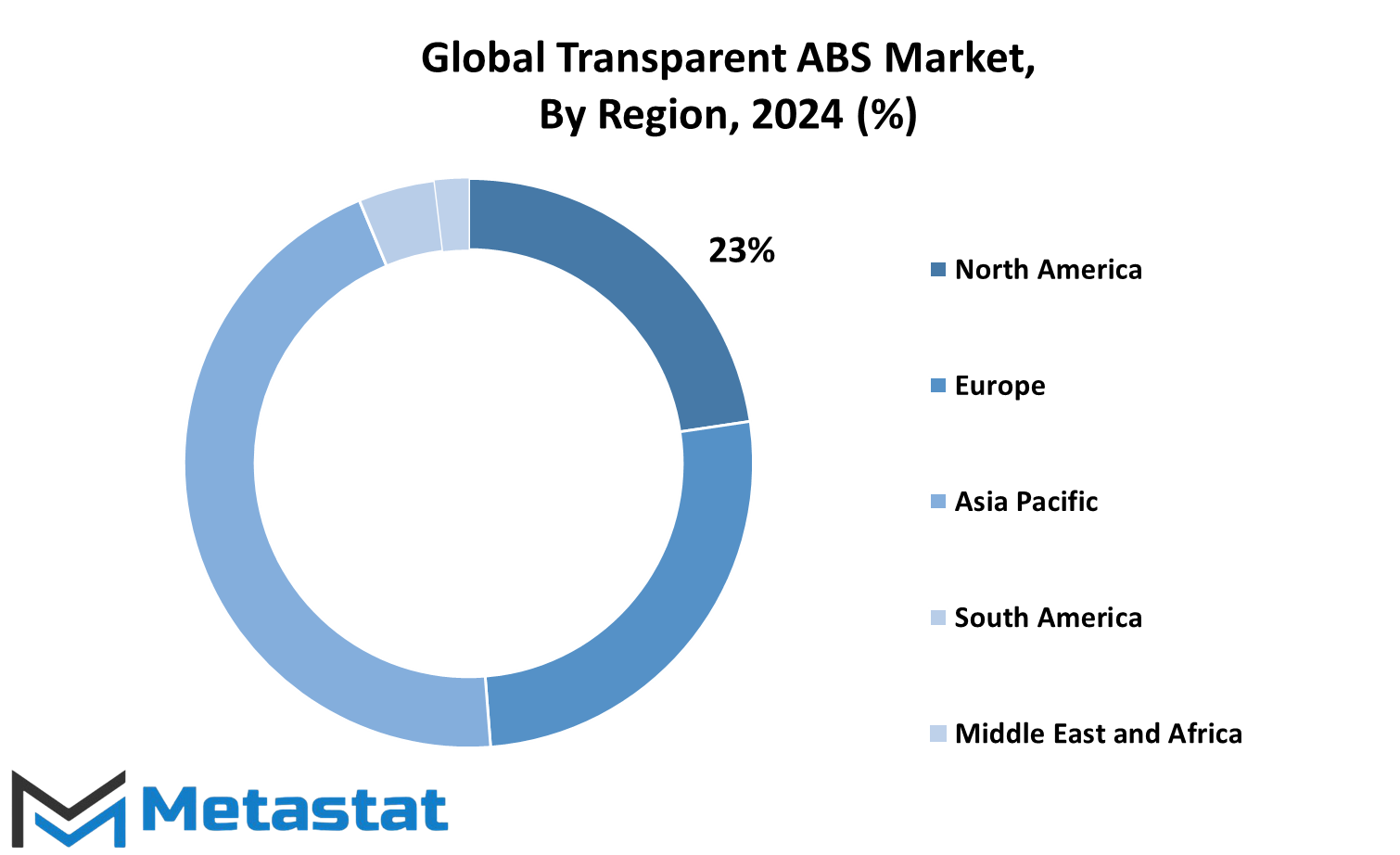
COMPETITIVE PLAYERS
The Transparent ABS market is expected to grow significantly in the years ahead. This growth is owing to the increasing demand of transparent materials in various sectors such as automotive, electronics, and consumer goods industries. Transparent ABS is offering a unique combination of clarity, strength, and resistance to impact, making it ideal for diverse applications. This material is also very appealing to manufacturers who want their products to be tough as well as transparent. Competition for this product is very tough because many key players who are inventing new formulas to make it meet consumer and industries' demands day by day.
Major transparent ABS manufacturers include LG Chem, Toray, CHIMEI, and Formosa. These companies invest heavily in research and development to enhance the quality and functionality of their products. For example, LG Chem, which specializes in technological innovations, is increasing its capacity to manufacture Transparent ABS in response to the growing demand for it in the automobile industry. Toray is also committed to developing niche Transparent ABS products that serve the requirements of the electronics and automotive industries. Other significant players, such as Sumitomo Bakelite Co., Ltd., Denka, and Techno-UMG, are also striving for better market positioning through the supply of high-performance solutions.
Sumitomo has, for example, concentrated on expanding its portfolio of transparent ABS materials with properties that include enhanced UV resistance, which is increasingly required for outdoor applications. Röchling, Clariant, and INEOS Styrolution Group GmbH, among others, are gaining momentum by launching new developments of Transparent ABS that can be used in manufacturing in the automotive and medical fields. These competitors are not only these players but also global chemical giants like Lotte Chemical, SABIC, and Kingfa, who are investing in new production technologies to boost their market share. Other notable competitors in the market include Trinseo, UMG ABS, and Mitsubishi Chemical Corporation, which are also contributing to the innovation of Transparent ABS materials with a focus on sustainability and efficiency.
The Global Transparent ABS market will be shaped by future developments in material science, environmental considerations, and the evolving needs of industries.
Manufacturers are expected to focus more on developing high-quality, cost-effective solutions that can meet the growing demand for transparent, durable, and sustainable materials as technological change accelerates. The market will witness more tailored solutions meeting the needs of a wide variety of applications as these companies continue to innovate.
Transparent ABS Market Key Segments:
By Type
- General Purpose Transparent ABS
- High Impact Transparent ABS
- Heat Resistant Transparent ABS
- Flame Retardant Transparent ABS
By Application
- Transparent ABS for Injection Molding
- Transparent ABS for Thermoforming
- Transparent ABS for Extrusion
By End User Industry
- Automotive
- Consumer Electronics
- Medical Devices
- Packaging
- Electrical and Electronics
- Construction
- Others (Toys, Stationery, etc.)
Key Global Transparent ABS Industry Players
- LG Chem
- Toray
- CHIMEI
- Formosa
- Sumitomo Bakelite Co., Ltd.
- Denka
- Techno-UMG
- Röchling
- Clariant
- INEOS Styrolution Group GmbH
- Lotte Chemical
- SABIC
- Kingfa
- Trinseo
- UMG ABS
- Shanghai Huayi Plastic Co., Ltd.
- Mitsubishi Chemical Corporation
WHAT REPORT PROVIDES
- Full in-depth analysis of the parent Industry
- Important changes in market and its dynamics
- Segmentation details of the market
- Former, on-going, and projected market analysis in terms of volume and value
- Assessment of niche industry developments
- Market share analysis
- Key strategies of major players
- Emerging segments and regional growth potential



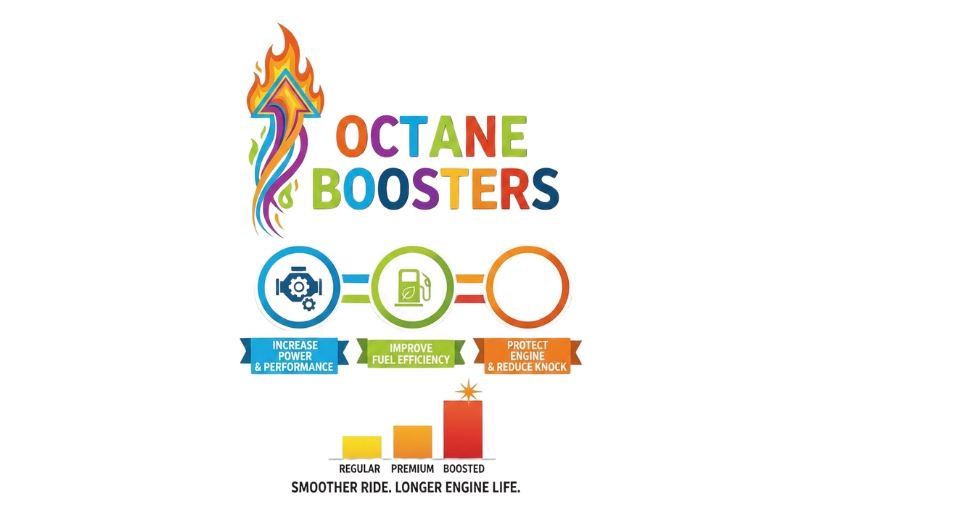
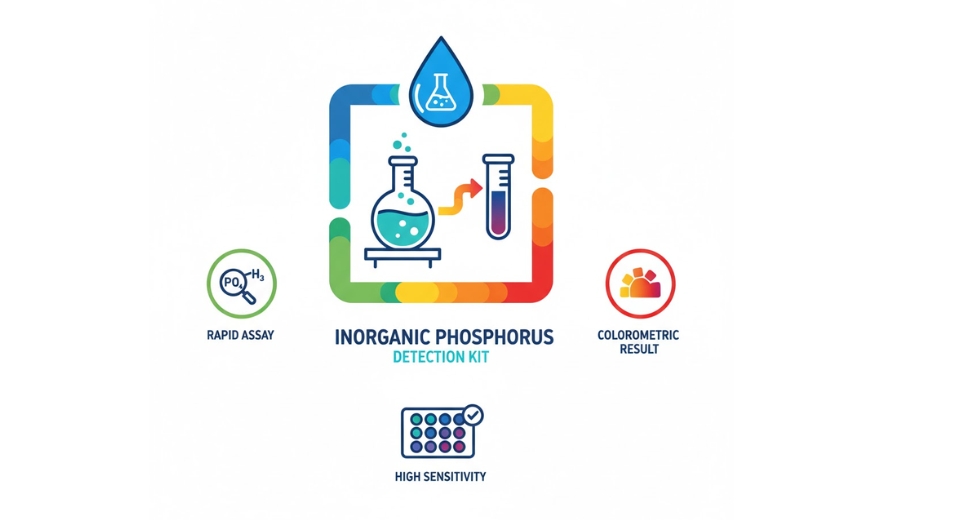
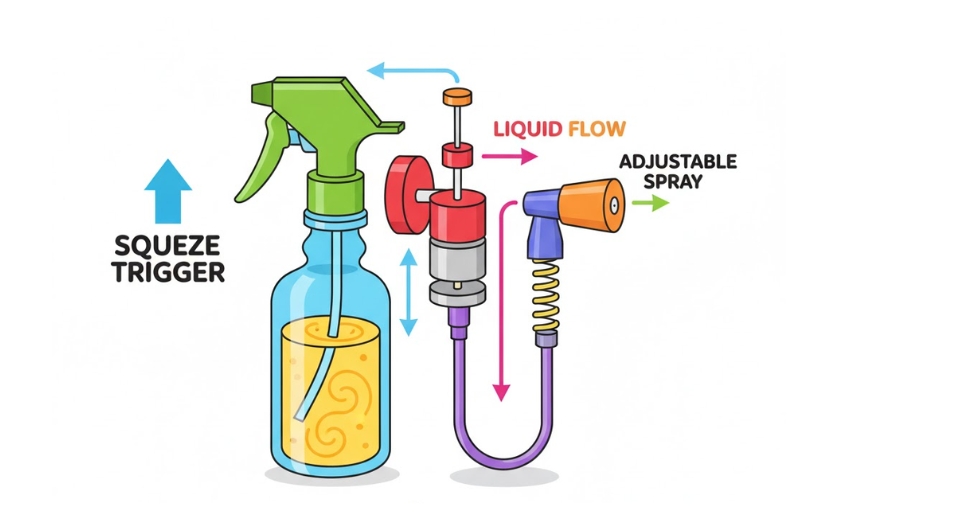
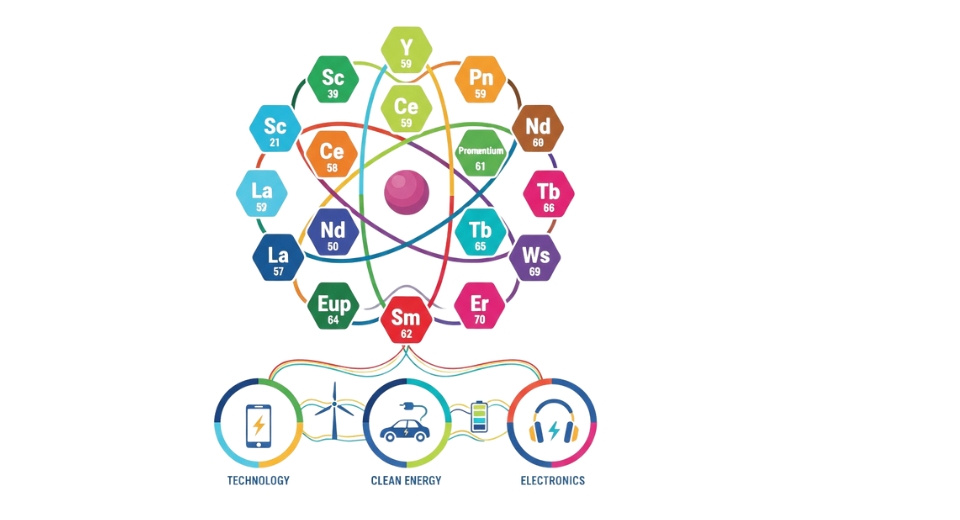

 US: +1 3023308252
US: +1 3023308252






